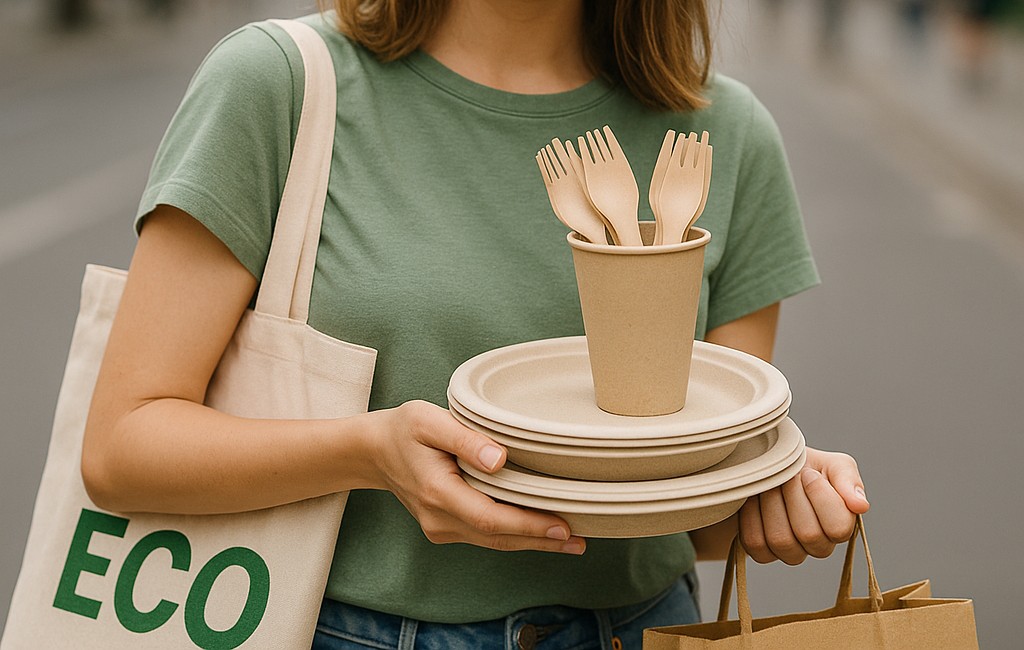Gen Z — consumers born roughly between 1997 and 2012 — are reshaping the marketplace with their bold demand for sustainability, transparency, and purpose-driven brands. Unlike previous generations, Gen Z is not just interested in low prices or brand names; they are actively seeking products that align with their values — and sustainable packaging tops the list.
As this generation gains purchasing power, retailers and manufacturers are taking notice. Their expectations are transforming how everyday items — including disposable tableware — are designed, packaged, and marketed.

Several key traits explain why Gen Z is at the forefront of the sustainable packaging revolution:
Digital Natives, Global Thinkers
Growing up with instant access to information, Gen Z is highly aware of environmental challenges like climate change, plastic pollution, and overconsumption. They hold brands accountable — and often call out greenwashing.
Values-Driven Shopping
Studies show that Gen Z consumers are more likely than older generations to pay a premium for sustainable products. A 2024 report by First Insight revealed that over 75% of Gen Z respondents consider sustainability more important than brand name.
Social Influence
Platforms like TikTok and Instagram amplify eco-conscious trends, from zero-waste living to sustainable swaps. A single viral post about plastic pollution can inspire thousands to switch to biodegradable alternatives.
Retailers are responding swiftly to Gen Z’s demands in several key ways:
Big-box retailers and grocers are increasing shelf space for products made with compostable, biodegradable, or recyclable packaging — including molded fiber, paper, bamboo, and bagasse.
Major retailers like Walmart, Target, and Whole Foods have launched or expanded their own sustainable product lines, using minimal packaging and avoiding materials with PFAS or microplastics.
Retailers are also pushing suppliers to disclose material sources, production practices, and certifications such as FSC®, BPI®, or TÜV OK compost.
Aesthetics matter. Brands are leaning into minimal, earthy visuals, QR-code-linked sustainability stories, and “unboxing experiences” that resonate with Gen Z’s visual-first preferences.
Suppliers of paper plates, cups, and eco tableware must now think beyond cost and volume. Here’s how manufacturers can meet Gen Z-influenced retail demands:
Use fully compostable or recyclable materials (e.g., bagasse, bamboo, recycled kraft paper)
Avoid glossy coatings or harmful additives like PFAS
Offer transparency on material sourcing and certifications
Innovate with packaging design that’s both functional and aesthetic
Support storytelling — give retailers content that highlights your eco mission
Gen Z’s influence is undeniable. Their environmental priorities are shaping retail procurement policies and redefining product standards — not just for trendy fashion or cosmetics, but for everyday essentials like tableware.
For suppliers and retailers alike, aligning with Gen Z’s values isn’t just good for the planet — it’s good for business.